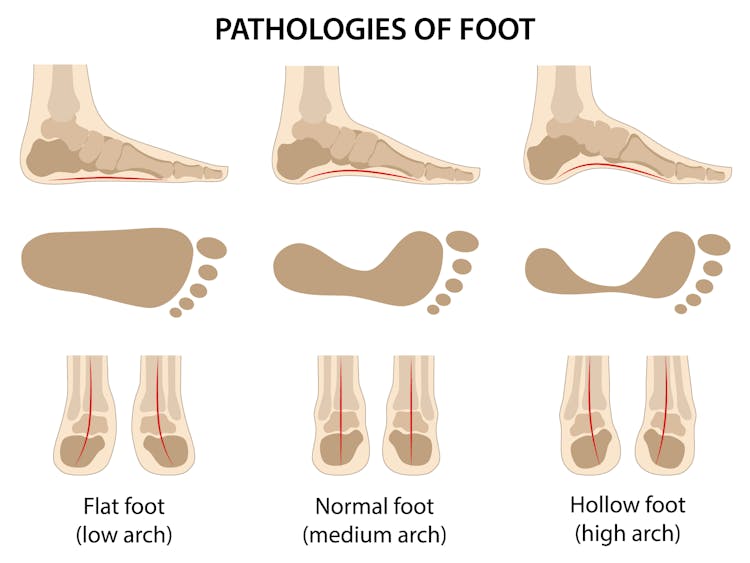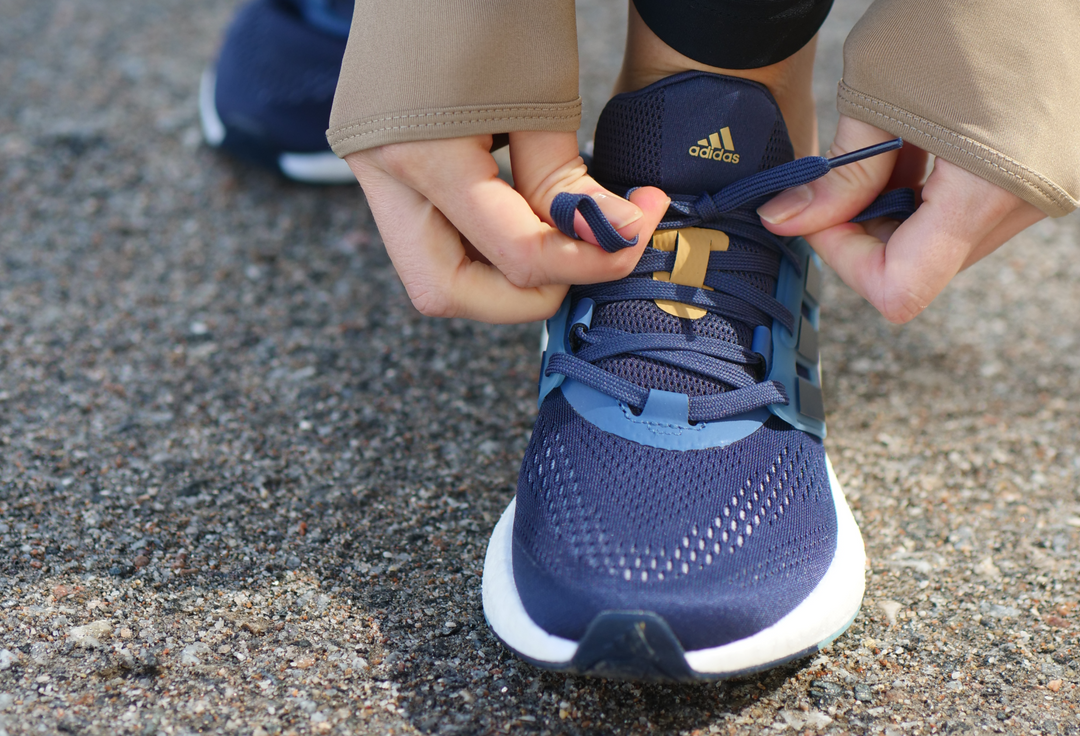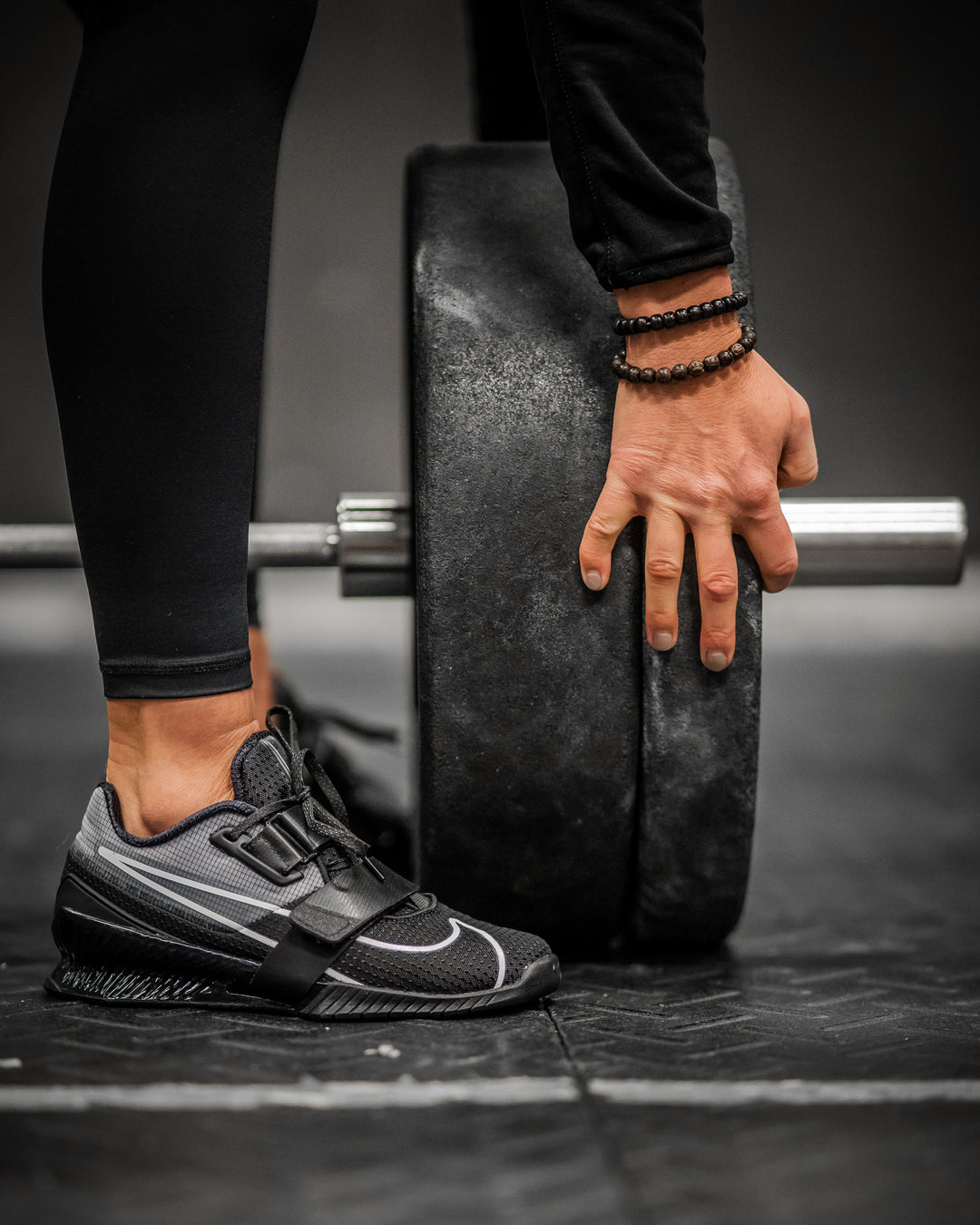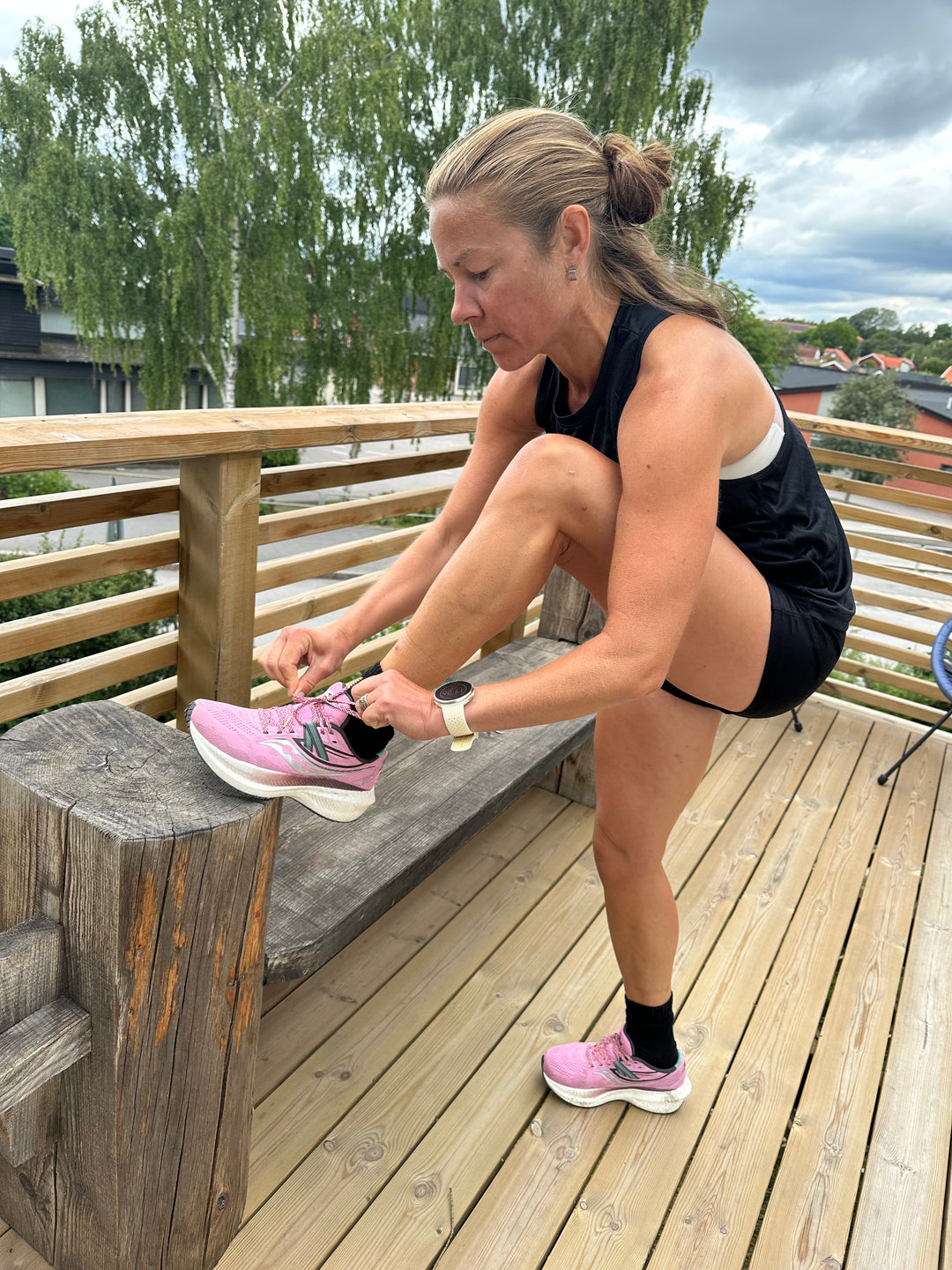How to select the best running shoe fit for you.
Whether you’re a weathered runner who gets out a few times a week, a veteran that enjoys longer outings, or just starting out. Finding the right shoe and fit for you is the most important thing to focus on to avoid pain or injuries when running.
Running shoes are after all designed with one purpose in mind, getting you moving forward and facilitating your ability to keep pace. While it can be nice to find a pair with a really appealing design, or sticking to your favourite brands. Focusing on how the shoe fits is definitely the priority. Comfort first, and style comes second!
Here’s some questions worth asking yourself before you start looking for what to buy:
Which terrain will you be running on?
Different terrain demands different kinds of support. For those that run on hard surfaces, such as concrete, it is good to have a fully supported shoe with cushioning both under the front sole and the heel. Running on softer surfaces however doesn’t put as much pressure on your ligaments as the surface provides some support, meaning that you do not need a shoe with as much cushioning.
Which running steps do you have?
When it comes to running shoes, people often talk about pronation, supination and neutral running steps. These are terms that explain how one steps on the ground. Pronation means that the runner lands on the outside of their heel, rolling over during the step and ends with pressure on the inside of your front-foot. Supination means that a runner's step lands on the outside of the heels, and then keeps the pressure of the step on the outside of the foot throughout the whole step. Runners with neutral steps however have a subtle pronated movement.
Which running steps do you have?
Seeing how everyone's feet are unique, this is preferably a question you should ask an expert that can take a closer look at your feet. But, you can still use this as a general guide to give you an idea of which shoe you need.

The best alternative for a neutral arch is a neutral shoe with extra support on the inside is prefered.
The best alternative for a low arch is a pronation-shoe with high stability and a mobility support.
The best alternative for a high arch is a well cushioned running shoe with good flexibility that activates your step.
How should a running shoe fit?
When you are buying a new pair of running shoes you want something that will take you far and that won’t cause pain. You now know about different running steps, which typically impacts your choice of shoes in terms of where the support or cushioning is. Where some have more support for the inside or outside of your foot. However, a study performed by The british journal of sports medicine found that there is only one question that needs to be answered before you settle - Are the shoes comfortable? Benno Nigg, the head writer of the article and professor in kinesiology, means that our bodies are excellent judges when it comes to determining which pair of shoes will be our new favourite running buddies.
Do you have any injuries?
Since running applies pressure on knees and other body parts, it is important to consider which shape your body is in when selecting the right shoe for you. If you’ve had previous leg related injuries, it can be wise to select a pair of shoes with extra cushioning or support to avoid further pain.
How do I know how long my running shoes will last for?
It varies somewhat depending on which shoe you select, but typically a pair of running shoes will last 500-700 kilometers. The shoe’s shock absorption deteriorates as the shoe is used, meaning that the cushioning will become less and less effective as the shoe is used. Some studies suggest that varying between two shoes can help allow each individual shoe “rest time” for the foam to re-take its shape for optimal shock absorption. As different foams from different manufacturers will be able to regain its original strength differently, some models might not benefit from this.
How do I know my running shoe size?
When it comes to shoe size, it is important to buy a pair that sits tight around the foot but leaves some space for your toas. A little bit of extra room in the front is good partly because toes leave marks with each step when the foot rolls forward, and because the arch is being compresses increasing the length of your feet somewhat during a run.








